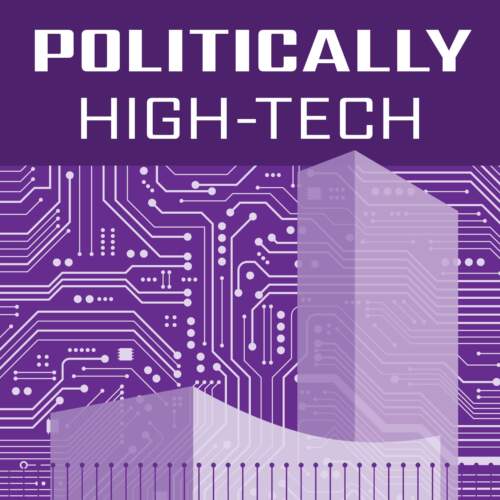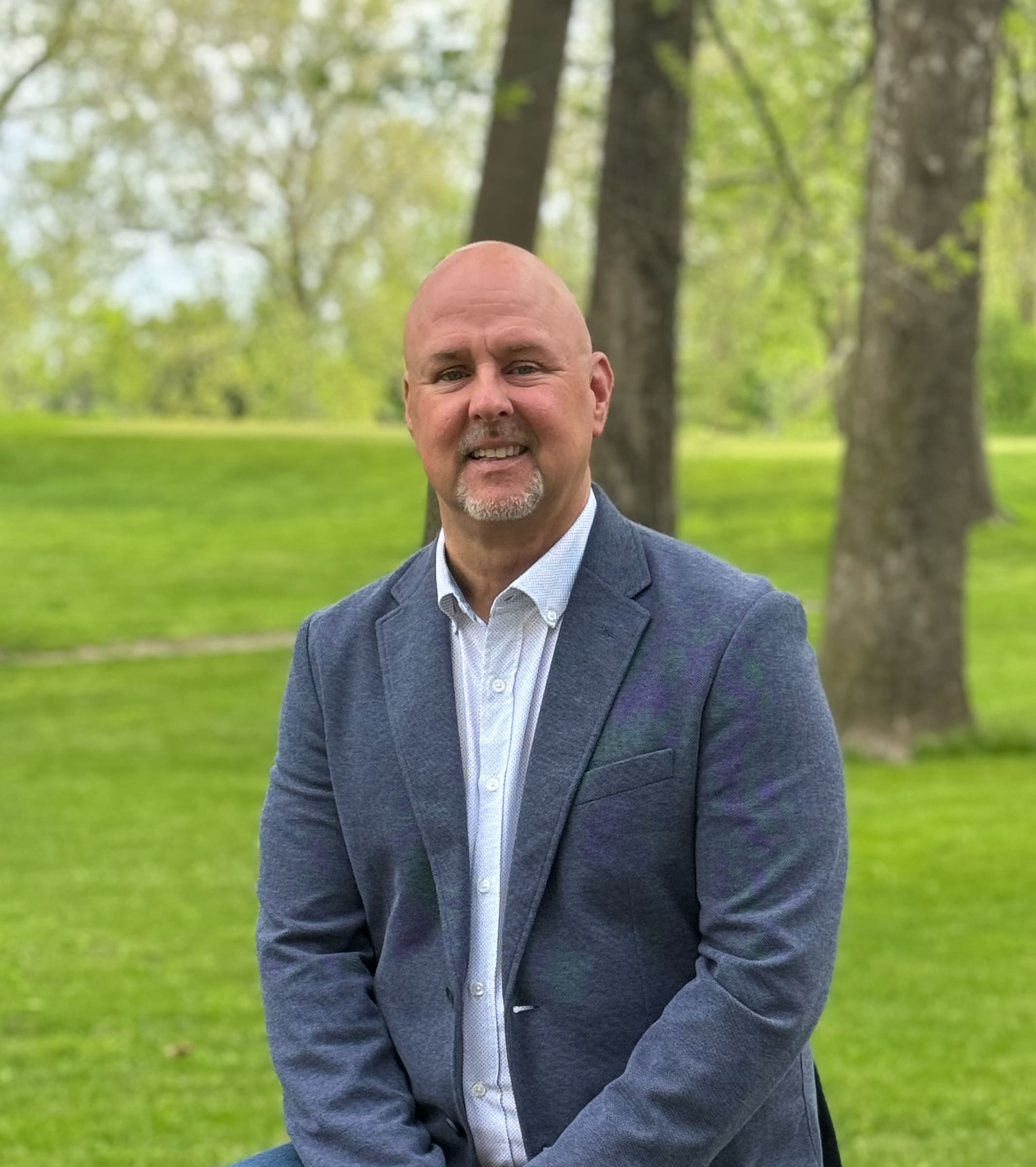What is RSV and why should I care about it
Respiratory syncytial virus (RSV) is a common respiratory
virus affecting Canadians’ health. It infects the airways and lungs, causing
cold-like symptoms such as runny nose and coughing, usually lasting one to two
weeks. Vulnerable groups include children under two, older adults, those with
heart or lung conditions, and immunocompromised individuals. Adults over 65
face more severe complications, including hospitalization and sometimes needing
intensive care.
RSV is highly contagious, more so than seasonal flu, and
lacks specific treatments beyond supportive care. While flu causes more
hospitalizations in older adults, RSV can be just as deadly. However, RSV
hospitalizations in adults, especially older adults, are often underreported
due to testing limitations and inadequate surveillance systems.
Preventing RSV includes using monoclonal antibodies for
high-risk infants and developing vaccines for all age groups. Three vaccines
for older adults show promise in reducing severe RSV infections. Despite
progress, more efforts are needed to improve vaccination rates, educate the
public and healthcare providers, and enhance surveillance and reporting
systems.
The
National Institute on Aging (NIA) proposes ten recommendations for
policymakers, healthcare providers, and organizations to support RSV
vaccination efforts and reduce its impact. They have recommended 10 ideas to
ensure the public is protected. Let’s look at each one to see if they make sense.
1.
Promote preventive practices: This includes educating seniors and
their loved ones about the importance of hand hygiene, avoiding close contact
with sick individuals, and covering coughs and sneezes. For example, placing
hand sanitizers in common areas and encouraging their use can help reduce the
spread of RSV.
2.
Improve RSV surveillance and understanding: Continuously monitor
and track RSV cases to better understand the virus and its impact on different
populations. For example, healthcare providers can keep accurate records of RSV
cases and share this data with local and national health organizations. Which
should be available to the public.
3.
Continue RSV vaccine development: Support ongoing research and
development of RSV vaccines to ensure effective vaccines are available for all
age groups. For example, family members can donate to organizations focused on
RSV research or participate in clinical trials.
4.
Promote lifelong vaccination schedules: Encourage seniors to stay up
to date with recommended vaccinations, including RSV vaccines when they become
available. For example, healthcare providers can use reminder systems to notify
patients when it’s time for their vaccinations or if you are not sure, be
proactive and check with your provider.
5.
Include older adults in vaccination programs: Ensure that
vaccination programs target older adults, who are at higher risk for severe RSV
infections. For example, healthcare providers can proactively reach out to
seniors to schedule vaccination appointments and we can chose to work with
rather than ignore our providers.
6.
Provide cost-effective RSV vaccinations: Make RSV vaccinations
affordable for all by advocating for insurance coverage and public funding. For
example, seniors can contact their local representatives to express the
importance of RSV vaccine coverage.
7.
Follow national vaccination guidelines: Adhere to established
vaccination guidelines to ensure safe and effective administration of RSV
vaccines. For example, healthcare providers can participate in continuing
Education courses to stay current on vaccination best practices.
8.
Educate and support healthcare providers: Provide resources and
training for healthcare providers to ensure they are knowledgeable about RSV
and its prevention. For example, organizations can offer webinars or workshops
on RSV for healthcare professionals.
9.
Standardize vaccination procedures: Implement consistent
vaccination procedures across healthcare settings to ensure safety and
efficiency. For example, healthcare facilities can develop standardized
vaccination checklists and protocols.
10.
Monitor RSV vaccination rates accurately: Track and analyze RSV
vaccination rates to identify gaps and areas for improvement. For example,
public health departments can use immunization information systems to monitor
vaccination coverage.
Originally Published on https://boomersnotsenior.blogspot.com/

























